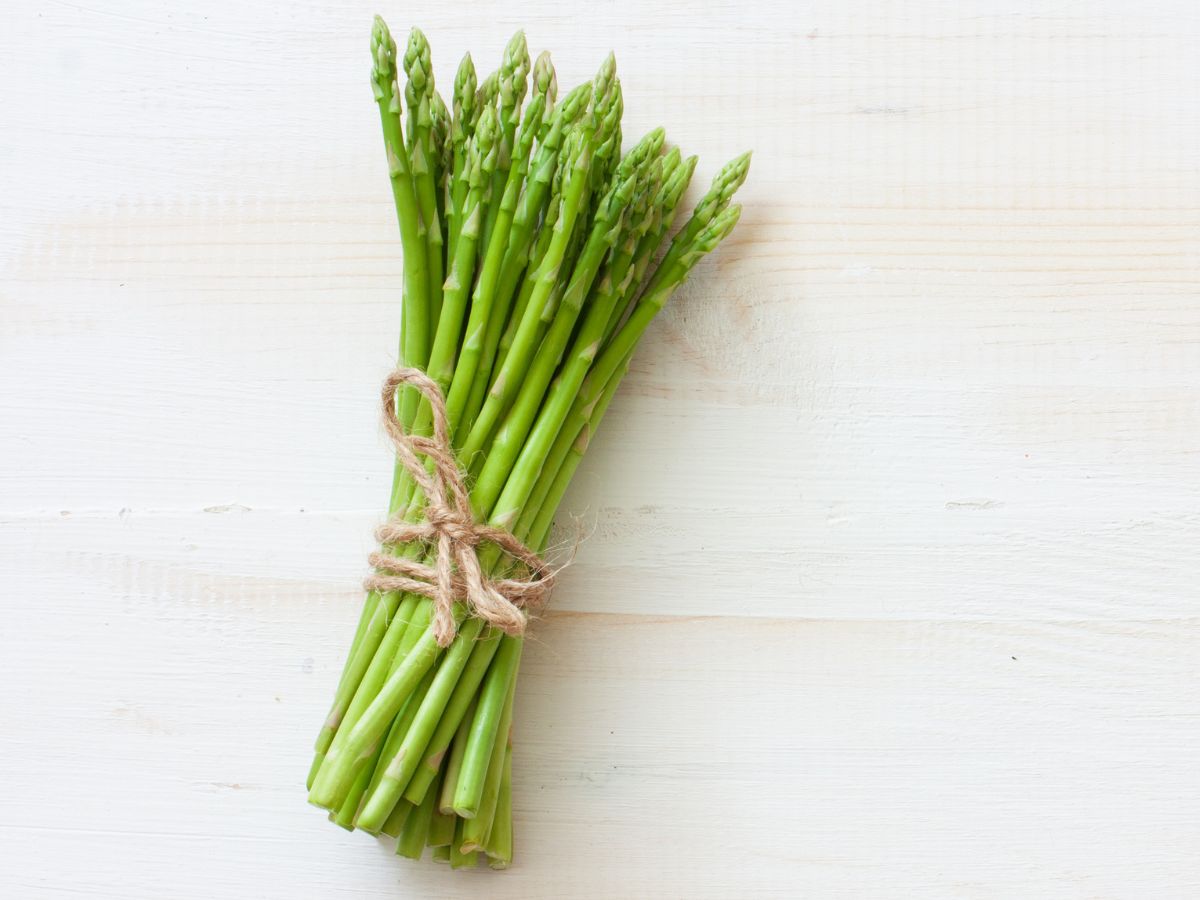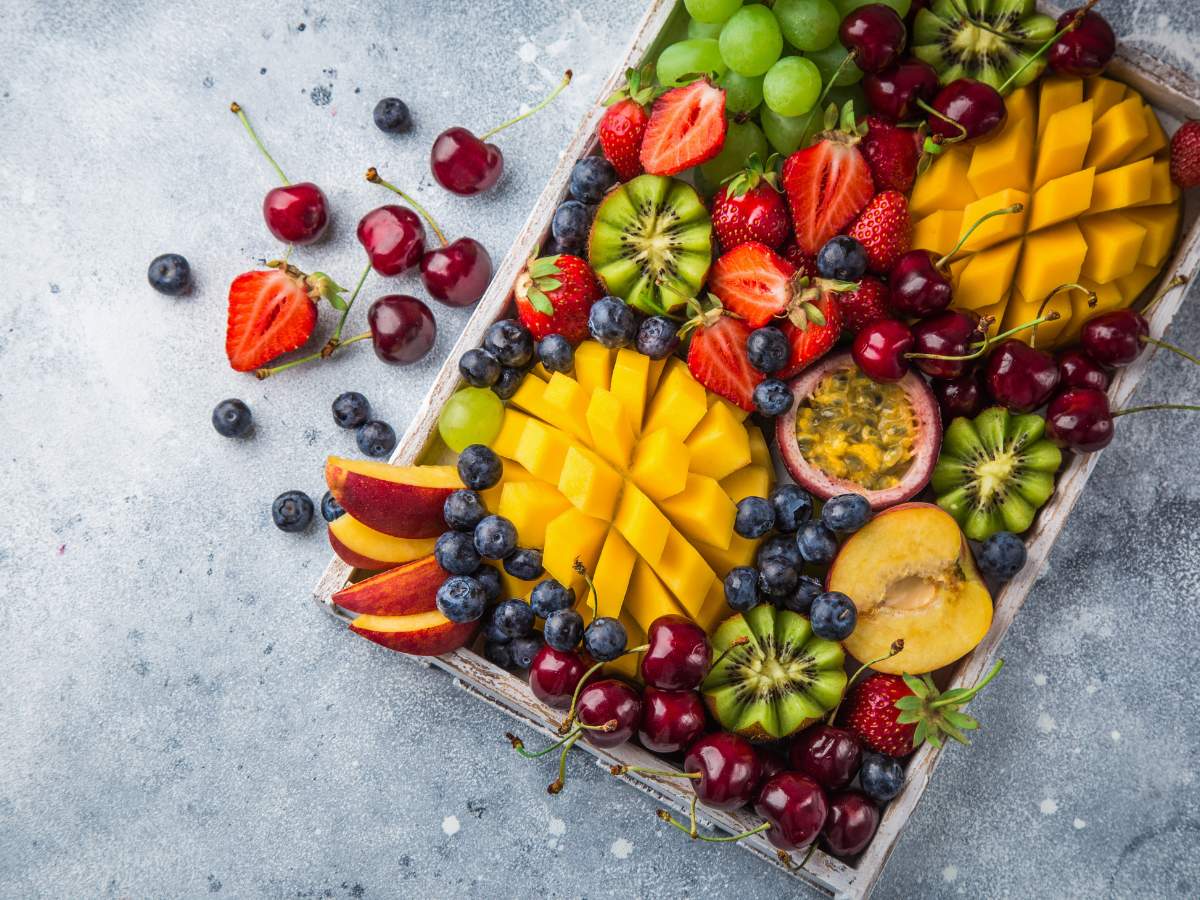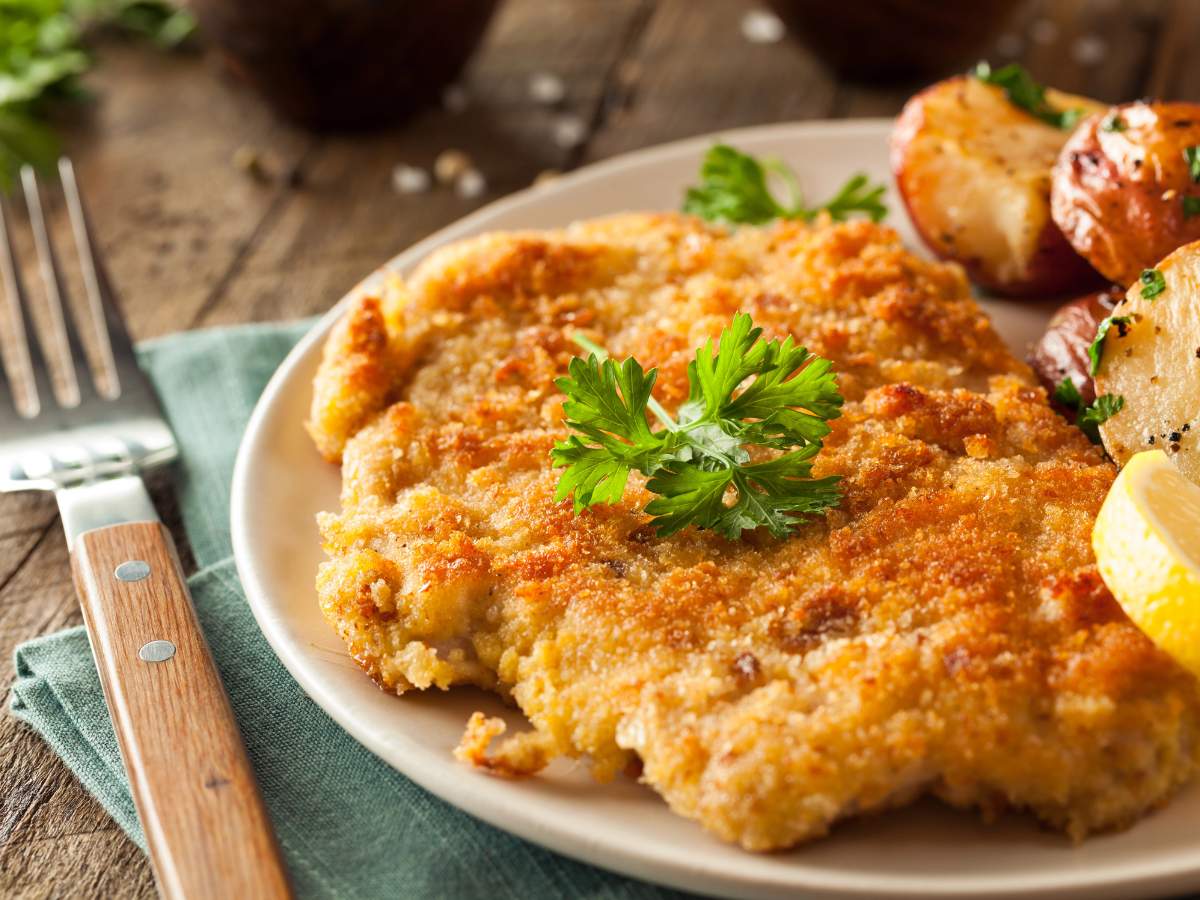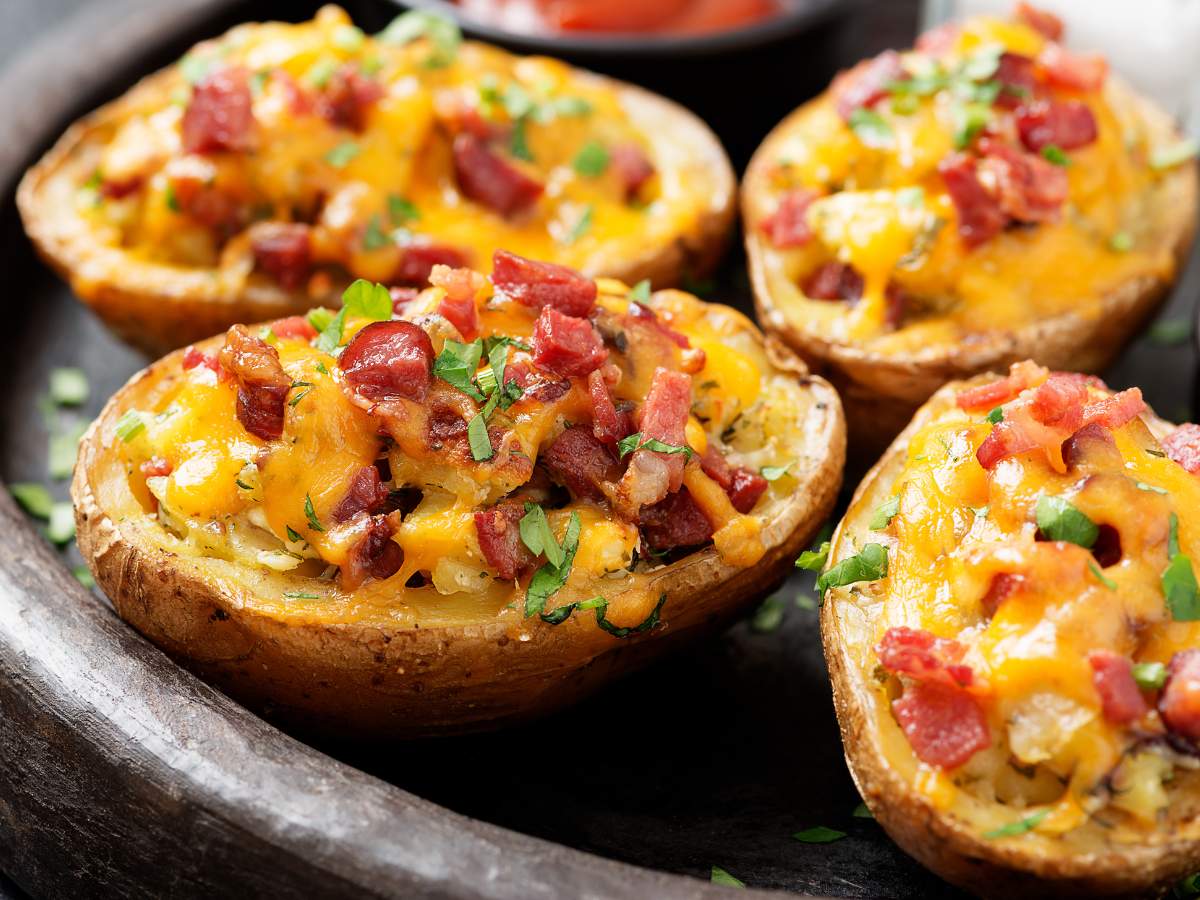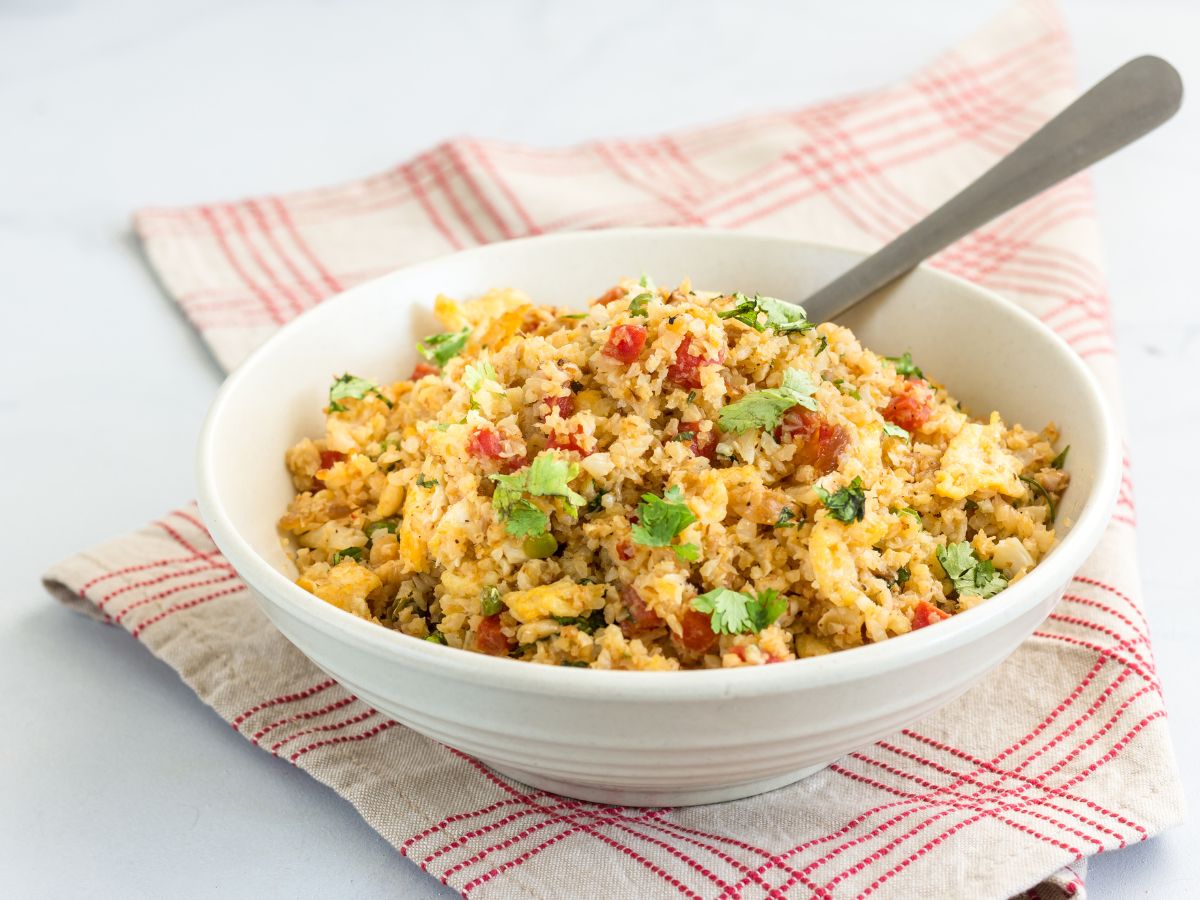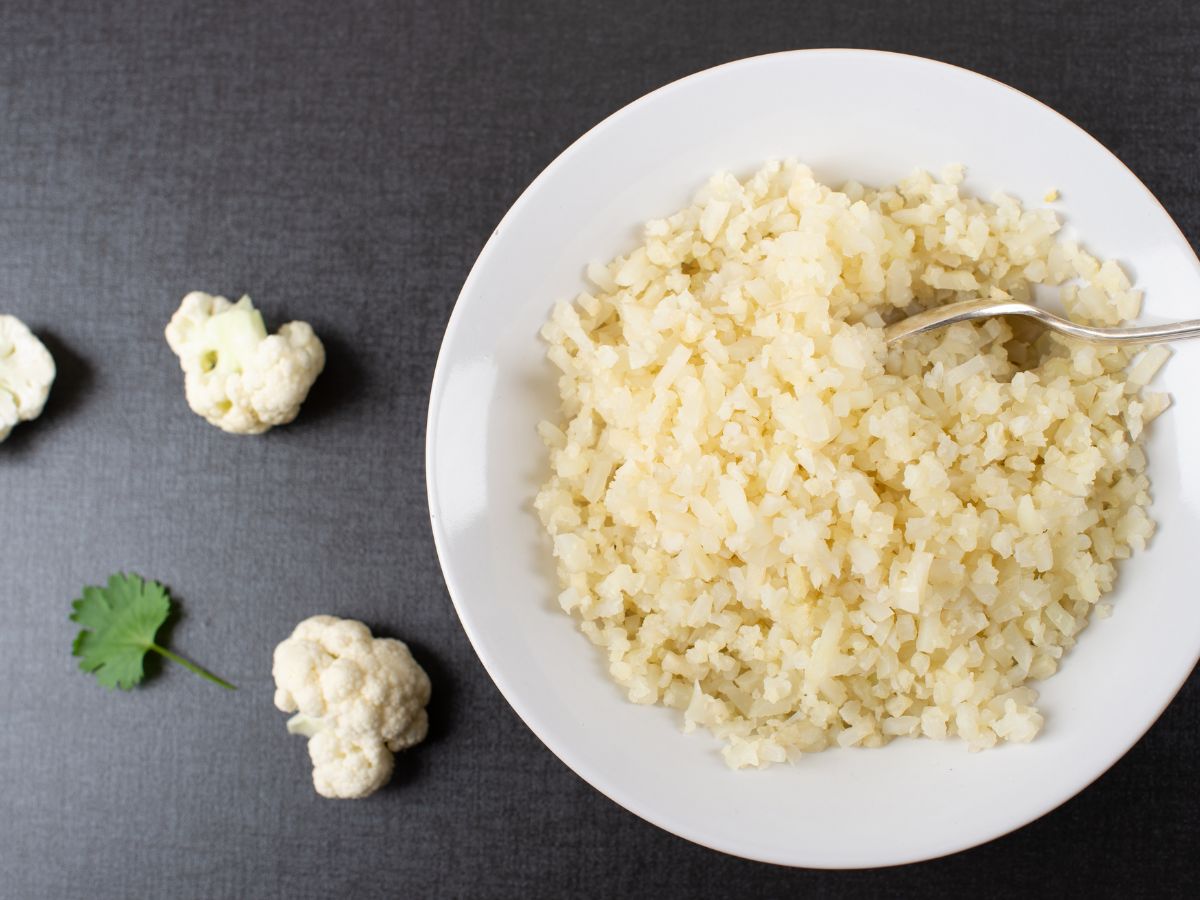Pickling 101: How To Quick Pickle Fruit & Vegetables
As a participant in the Amazon Services LLC Associates Program and other affiliate programs, Easy Homemade Life may collect a share of sales or other compensation from the links on this page. This comes at no additional cost to you, and all the prices and availability are accurate at the time of publishing.
Looking to add some zing to your meals? Quick-pickling is the perfect solution. With just a few simple steps, you can transform ordinary produce into tangy, flavorful snacks and condiments that will elevate any culinary experience.
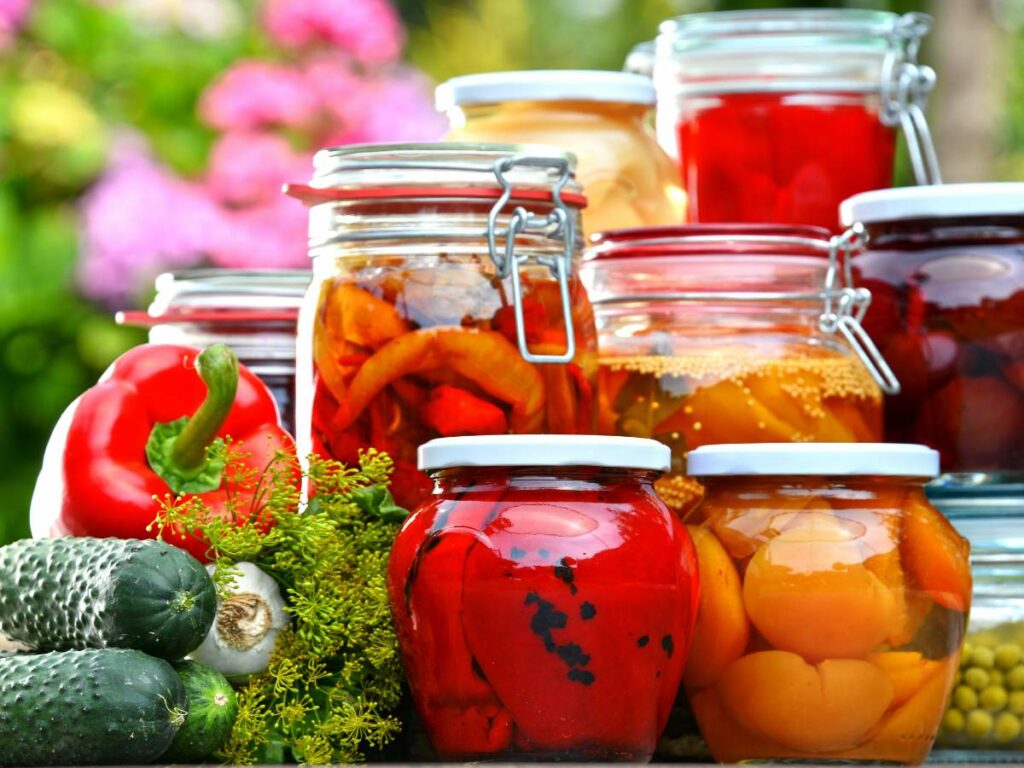
Pickling is an age-old preservation method that has been used for centuries to extend the shelf life of fruits and vegetables. This process not only helps to keep produce fresh for longer but also imparts a tangy, sour flavor that enhances the taste of many dishes.
Quick pickling is a simple and easy way to try your hand at pickling without having to invest in any special equipment or dedicate too much time. In as little as 30 minutes, you can have a quick-pickled ingredient ready for any use.
Learn the basics of pickling and walk through the steps of quick pickling your favorite fruits and vegetables.
Traditional Pickling Vs. Quick Pickling
Traditional pickling and quick pickling are two methods of preserving food using vinegar, salt, and other flavoring ingredients. The main difference between them is the time required for the pickling process.
Traditional pickling is a longer process that involves immersing food in sterilized glass jars with a brine solution of vinegar, water, salt, and spices then using the water-bath method to can the ingredients. Traditionally pickled foods have a very long shelf life — they can last for years.
Quick pickling is a faster process that involves bringing the pickling solution to a boil and then pouring it over the food. The food is then allowed to sit in the solution for a shorter period of time, from as little as 30 minutes to as long as overnight, before eating.
Quick pickled foods tend to be fresher with a crunchier texture and more mild flavor compared to traditional pickling.
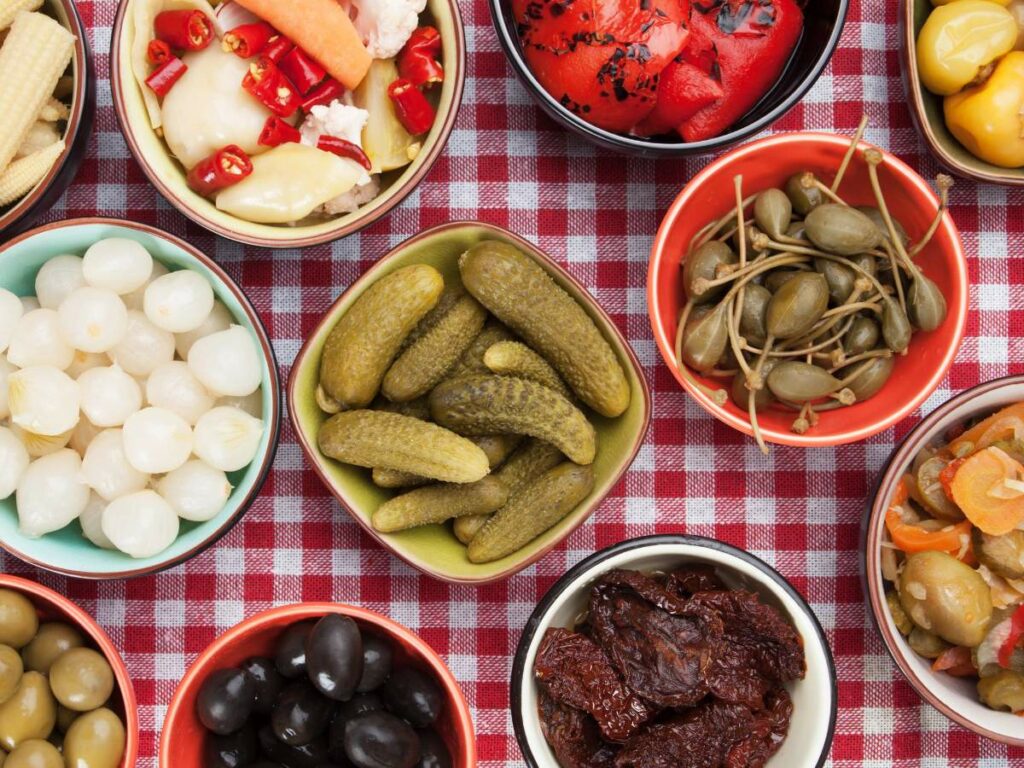
How To Quick Pickle Anything
Refrigerator pickles are probably the most popular food to make with the quick pickle method but almost any fruit or vegetable can be used.
Preparing the Fruits and Vegetables
Quick pickling is best done with very fresh vegetables or fruit. Vegetables that are past their prime or have been sitting in the fridge for too long may not hold up well during the pickling process. Leave bruised produce for recipes where it’s not the main focus such as slow cooker meals or baked desserts.
The fruit or vegetable can be prepared in a variety of ways:
- Left whole: Pearl onions, berries, green beans
- Sliced: Carrots, zucchini, onions, peppers, radishes, melon
- Spears: Cucumber, pineapple, asparagus
The more surface area exposed to the brining solution, the quicker the fruit or vegetable will take on the desired tangy flavor. Thinly sliced pickled shallots will be ready for use much sooner than pickled asparagus stalks or green beans.
Brining Basics
There is no special equipment needed for quick pickling but you will need the following to make a basic brining solution:
- Boiling water
- Vinegar
- Salt
- Sugar
Outside of these ingredients, other flavoring ingredients can be added such as:
- Garlic cloves
- Whole peppercorns
- Bay leaves
- Fresh or dried herbs
- Whole spices
An easy rule of thumb to remember is equal parts water to vinegar when making a quick pickle brine. Salt and sugar can be adjusted to taste. For four cups of liquid, two tablespoons of sugar and two teaspoons of sea salt is a good starting place.
While white vinegar is the most common, but almost any basic vinegar can workincluding apple cider vinegar, rice vinegar, red wine vinegar, and white wine vinegar. It’s best to avoid using aged types of vinegars such as balsamic. The acidity can be too weak, the viscosity too thick, and their malted flavor can impact the final outcome of the pickled fruit or vegetable.
Assembly
Pack the prepared fruit or vegetables tightly into a glass jar along with any chosen flavoring agents. Leave a half-inch space between the rim of the jar and the top of the produce.
Place the vinegar, sugar, salt, and boiling water into a bowl or measuring cup and whisk until the salt and sugar completely dissolve. Pour the brine into the jar until just covering the fruit or vegetables.
Screw on the lids of the jars and let sit until cooled to room temperature. Transfer to the refrigerator to chill and store.
A 24 to 48 hour incubation time will provide the best tangy pickled flavor but this can be adjusted based on needs and taste preferences.
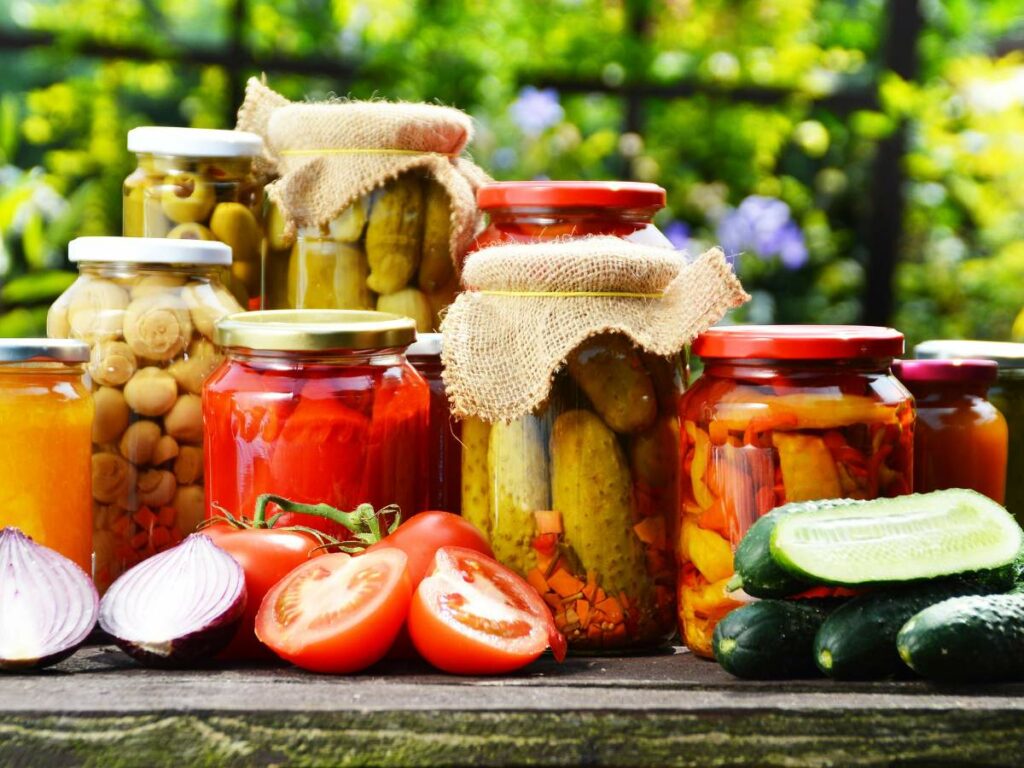
How To Use Quick Pickled Fruits and Vegetables
The possibilities are endless when it comes to using pickled vegetables and fruits. While these pickled delights make a great snack straight out of the jar, you can also use them to instantly improve a multitude of dishes.
“Whenever a dish needs a pop of flavor or color, quick pickled veg saves the day! The acidity in the pickle balances sweetness and richness and can transform a ho-hum dish into an amazing one!”
— Jennifer Allen, Cook What You Love
Sandwiches
The tangy flavor and crunchy texture of pickled vegetables can add an extra layer of taste and texture to your sandwich. Any pickled element can be the perfect burst of brightness to a savory sub.
Pickled red onions are a classic addition but don’t be afraid to think outside the box too. Spicy pickled pineapple works wonderfully paired with a smoky BBQ pulled pork sandwich. Any quick pickled vegetable would also complement any sandwich using my copycat Popeyes spicy mayonnaise!
Tacos
When creating a taco bar, it’s important to have lots of different choices that vary in texture and flavor. Pickled elements can add spice, sweetness, and crunch. Consider pickled jalapeños, radishes, and mangoes to provide a unique twist to your next taco Tuesday.
Salads
Liven up a boring salad with pickled vegetables and fruit. Vegetables like carrots, cucumbers, and red onions or fruits like berries, cherries, and lemon can provide a crunchy and tangy contrast to the leafy greens, while also adding a pop of color to the dish. In addition, the acidic brine of the pickled ingredients can serve as a natural salad dressing, reducing the need for additional oil or vinegar.
Charcuterie Boards
Charcuterie boards are filled with savory flavors from nuts, cheese, meats, and crackers. Pickled vegetables and fruits such as grapes, cherry tomatoes, pearl onions, and beets bring a welcome sour flavor that compliments the richness of the cured meats and cheeses. For a festive holiday board, try adding pickled cranberries to the mix.
Charcuterie boards are also ideal for all kinds of occasions and celebrations. Whether you make one for a wedding, for Easter, 4th of July, or even just to celebrate summer, you can enjoy quick pickled fruits and vegetables all year long if you use them on a charcuterie board!
Rice Bowls
Rice has a mild, neutral flavor and a soft, fluffy texture makes it an ideal base for absorbing and complementing the flavors of other dishes and sauces. The tangy crunch of quick pickled fruits and vegetables contrasts nicely with the soft texture of rice and it also complements the richness and savory taste of meat, adding a refreshing and balanced bite to each mouthful.
Try adding pickled cucumbers or radishes to a rice bowl with grilled chicken and veggies and you’ll have a delicious meal with a refreshing twist. I enjoy my copycat Longhorn Steakhouse Rice dish with quick pickled goods – they’re just a match made in heaven!
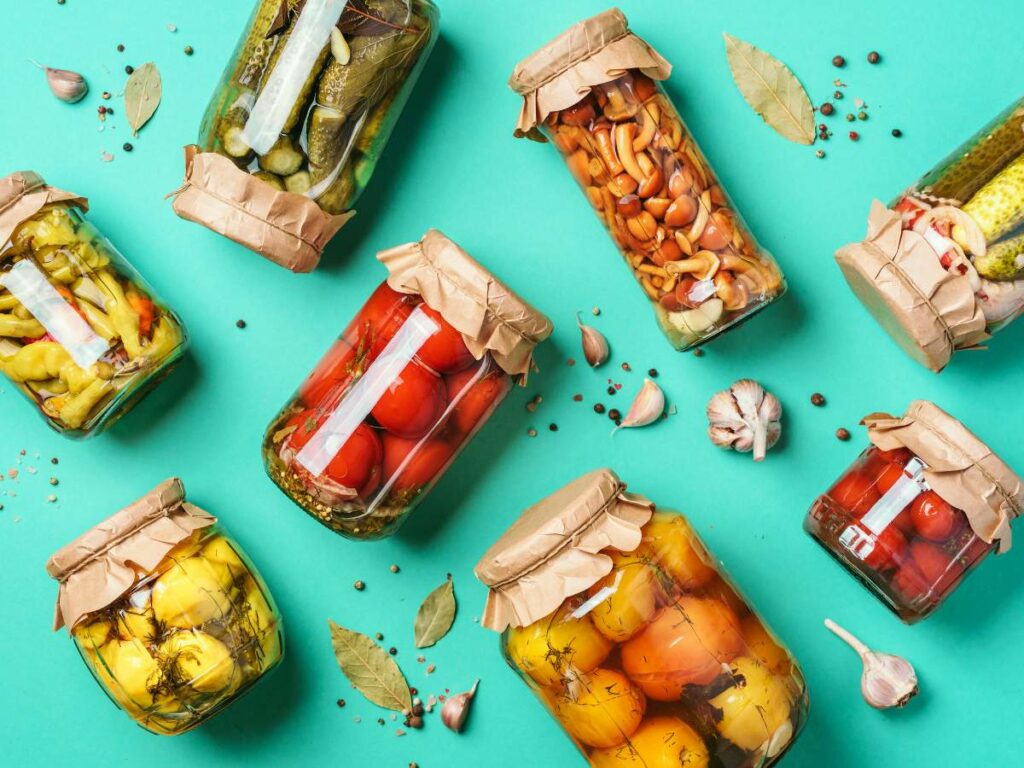
Stir-Fries
Do you cook stir-fried meat or veggies often? I do, and whenever I prepare stir-fried dishes, I like adding quick pickled veggies. They introduce a burst of acidity that can balance the richness and spice of the dish, plus they’re great for adding texture to the stir-fry.
The next time you make a stir-fry, toss in some pickled carrots or bell peppers at the end for a crunchy, tangy element.
Noodle Dishes
The broth and noodles of noodle dishes typically have a neutral taste, which gives you the freedom to be creative with the flavors and ingredients to use. Aside from the usual meat, vegetables, and spices, quick pickled goods can add acidity and texture to any noodle dish.
I like adding pickled cabbage or daikon radish to a noodle stir-fry or a cold noodle salad whenever I make my veggie noodles. Delicious!
Wraps and Burritos
Quick pickled fruits and vegetables can also add a refreshing twist to wraps and burritos, cutting through the richness of their fillings. From pickled onions in a breakfast burrito to pickled carrots in a veggie wrap, quick pickled goods provide a burst of flavor and a tangy kick that enhances the overall taste of your meal.
Appetizers and Canapés
Appetizers and canapés are an important part of any party menu, as they will fill your guests while waiting for the main course. Whether you’re serving some kid’s birthday party finger food or an hors d’oeuvre for a holiday party, quick pickled fruits and vegetables can make appetizers and canapés more exciting by adding a burst of flavor and texture.
My favorite pairing would be pickled veggies and creamy deviled eggs. At my niece’s 18th birthday party, everybody enjoyed cheese canapés garnished with quick pickled cherries or grapes. My crostini topped with pickled vegetables were also a hit among her guests!

Barbecue Dishes
Another great way to use quick pickled fruits and veggies is to pair them with various grilled meat dishes like chicken kabobs with yogurt sauce. The acidity of these pickled delights can balance the smoky, rich flavors of barbecue and cleanse the palate between bites.
So, the next time you host a backyard barbecue and other outdoor events like a family reunion, try serving pickled green beans or cucumbers alongside your grilled dishes to provide a fresh contrast.
Burgers
Burgers are the ultimate comfort food. While there are endless variations of burgers, quick pickled fruits and vegetables provide a bright, zesty contrast to the savory, fatty flavors of the dish. For some crunch and a delicious kick, I like to add pickled onion or jalapeños to my homemade burgers!
Soups
Adding a pickled garnish to a soup can be a great way to enhance the flavors and add some visual interest to the dish. The crunchiness of the pickled vegetables provides a satisfying textural contrast to the smoothness of the soup while the acidity helps balance out the flavors, especially for heavier, cream-based soups.
Pickled items work for cold soups like gazpacho too. A simple pickled salsa garnishing a cold soup is an incredibly refreshing light summer meal.
Spicy Dishes
Whether it’s a spicy Asian noodle dish or an Indian curry, a quick pickled element provides the perfect way to temper the heat.
“I love to use quick pickled veggies in spicy dishes. Their acidity balances the heat and gives them fresh, bright flavor. It’s an easy way to add complexity and make a dish really stand out.”
— Robin Donovan, All Ways Delicious
Give It a Try
Next time you feel there’s something missing from your dish, give quick pickling a try. Chances are any savory recipe can be improved with a pop of brightness from the tangy flavor of a pickled fruit or vegetable.
Experiment with different types of produce and the length of pickling time to find your favorites. Quick pickled items will keep for a few weeks in the refrigerator so don’t be afraid to make a big batch to use on multiple dishes.
Portions of this article originally appeared on Food Drink Life.


